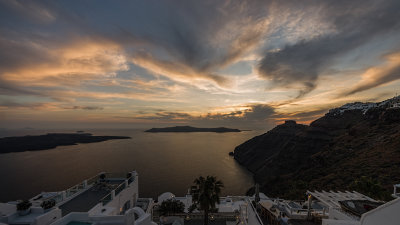
I am shooting with an 180mm Nikkor/ D500
The distance between me and the subject is 20 meters maybe and there is heavy wind and heavy overcast
I am trying to get in to M mode shooting
The reason I choose 1/400 is because they say with long range lenses you have to double the focal length in speed. Well here we have 270 (180x1.5). Well it is not exactly double but near. I could have also done it 1/640 & iso 640
The reason I chose F5.6 is because the sunny 16 rule says that for heavy overcast. And also, I want to see more details. More sharpness
The reason for the iso 400 is because the rule says it need to be equivalent to the speed number.
I am not touching the EV
...
so, what would you have don. Please tell me in speed, aperture and iso








